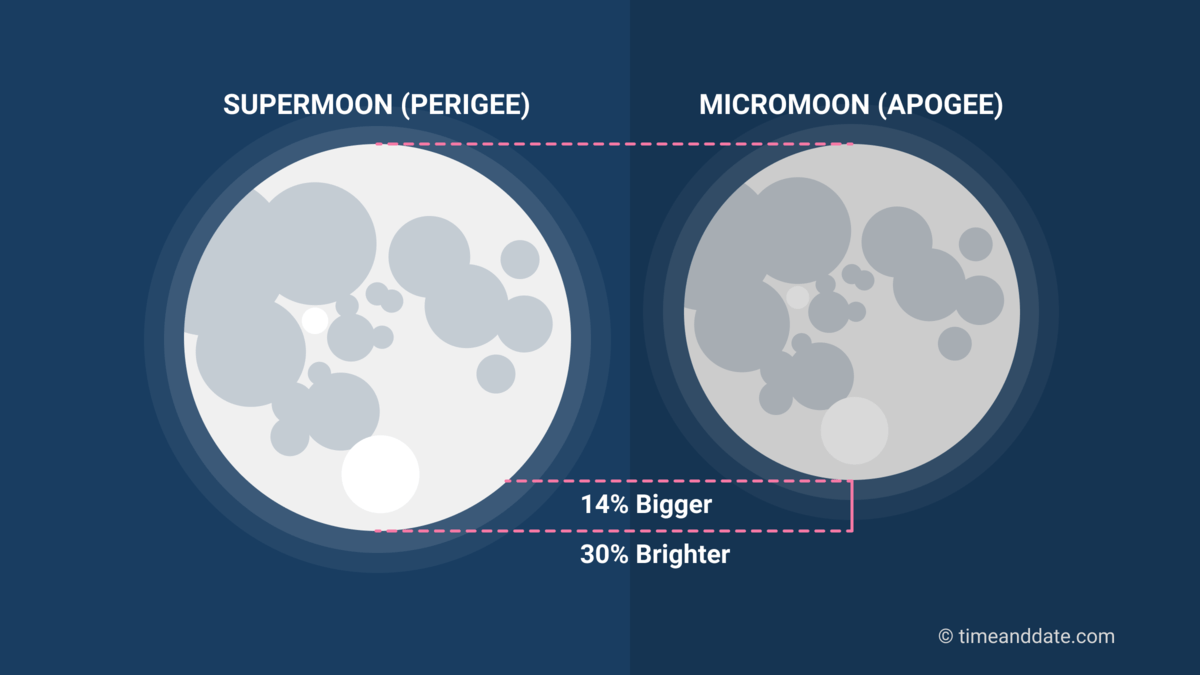The Moon's perigee is a concept that arises from the elliptical nature of the Moon's orbit around the Earth. To understand it fully, one needs to consider several aspects:
1. Elliptical Orbit: Unlike a perfect circle, an ellipse has two focal points. The Earth is at one of these points in the Moon's orbit. This means that the distance between the Earth and the Moon varies as the Moon orbits around the Earth.
2. Apogee and Perigee: These are terms used to describe the points in any orbit where the orbiting body is farthest and closest to the body it orbits, respectively. In the context of the Moon, when it is at its closest point to Earth, this is called perigee, and the farthest point is called apogee.
3. Distance Variation: At perigee, the Moon is closer to the Earth than at any other point in its orbit. This distance can vary slightly from one perigee to the next due to other gravitational influences (like from the Sun and other planets) and slight changes in the Moon's orbit.
4. Orbital Periods: The Moon completes its orbit around Earth approximately every 27.3 days, which is its sidereal period. However, the time between successive perigees, known as the anomalistic month, is about 27.55 days. This slight difference is due to the gradual movement of the orbit itself.
5. Effect on Tides: The Moon's proximity to Earth during perigee has a tangible effect on Earth's tides. Tides are generally higher when the Moon is at perigee due to the stronger gravitational pull. These are often referred to as perigean spring tides.
6. Supermoon Phenomenon: When a full moon coincides with the Moon's perigee, it appears slightly larger and brighter in the sky. This event is popularly known as a 'supermoon.'
7. Historical and Cultural Significance: Throughout history, the Moon's phases and positions, including perigee, have been significant for various cultural, religious, and agricultural practices.
8. Astronomical Studies: The study of the Moon's orbit, including its perigee, has been crucial in developing our understanding of celestial mechanics and gravitational influences.
9. Space Missions and Satellite Orbits: Understanding the perigee is essential for planning space missions, satellite launches, and the operation of satellites in Earth's orbit, as it affects orbital dynamics and potential re-entry points.
10. Environmental and Biological Impacts: There is ongoing research into how the Moon's phases and distance from Earth, including the perigee, might affect various environmental and biological systems on Earth.
In summary, the Moon's perigee is a critical concept in astronomy that refers to the point where the Moon is closest to the Earth in its elliptical orbit. It has implications for tidal patterns, observational astronomy, and the understanding of gravitational dynamics in our solar system.

